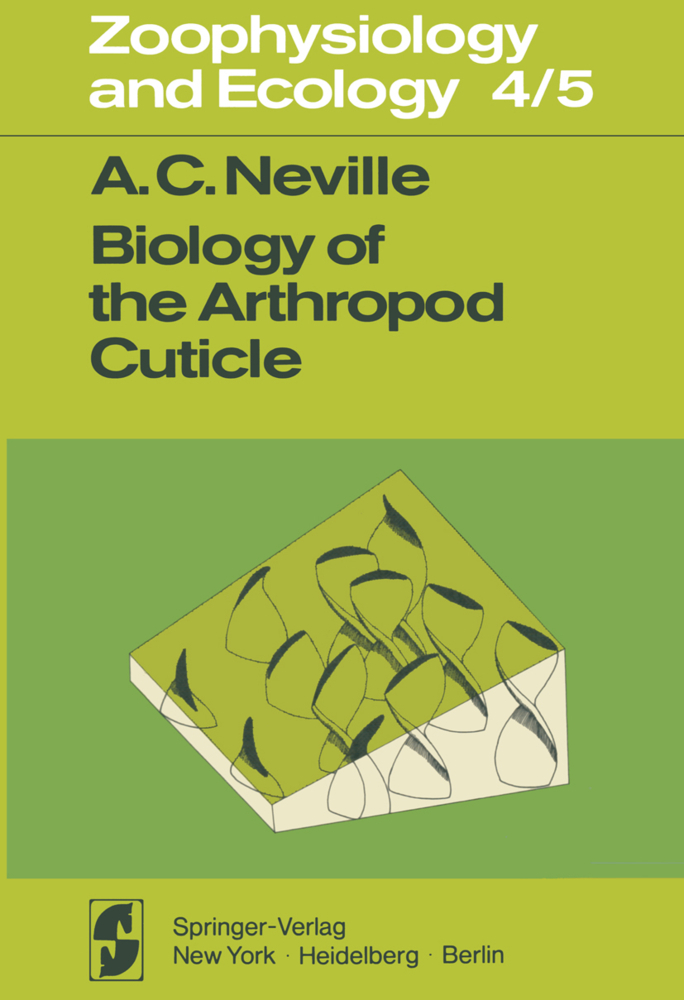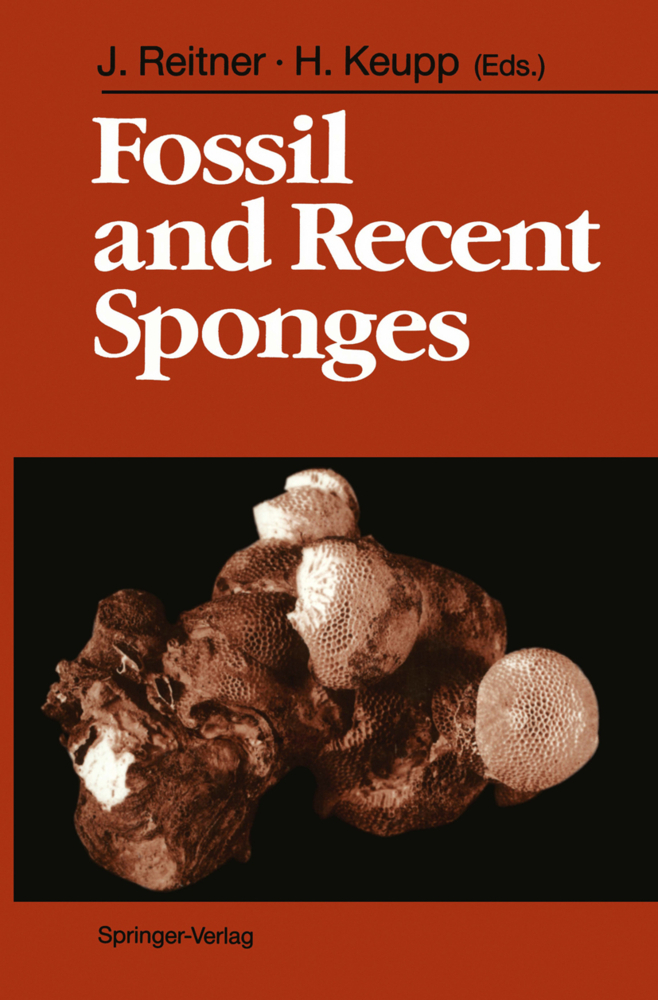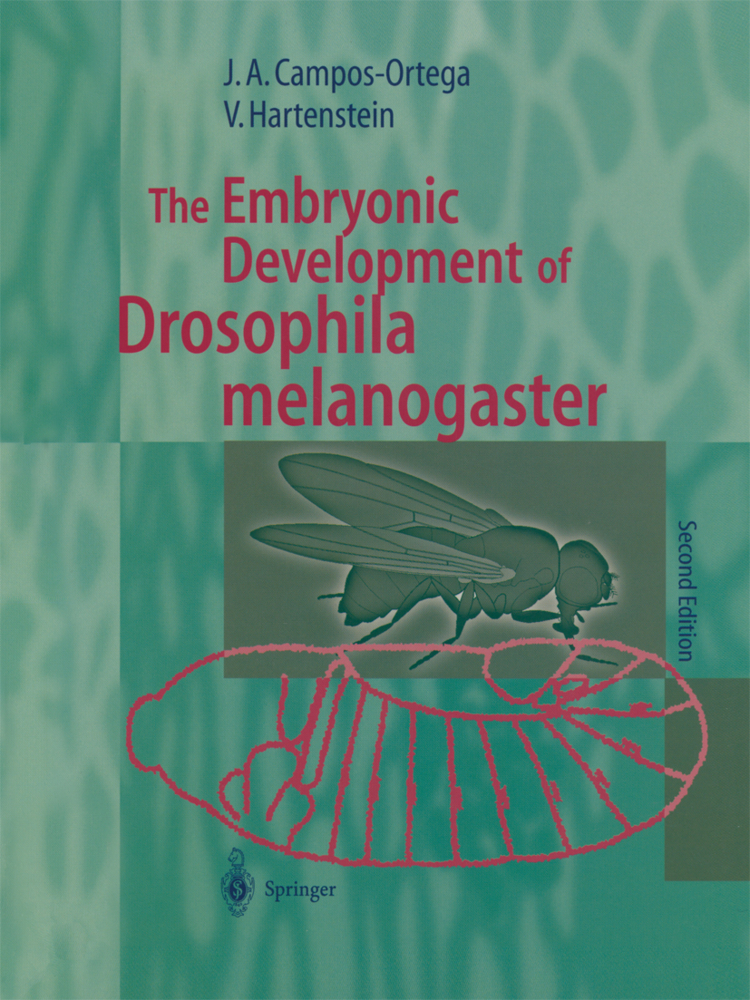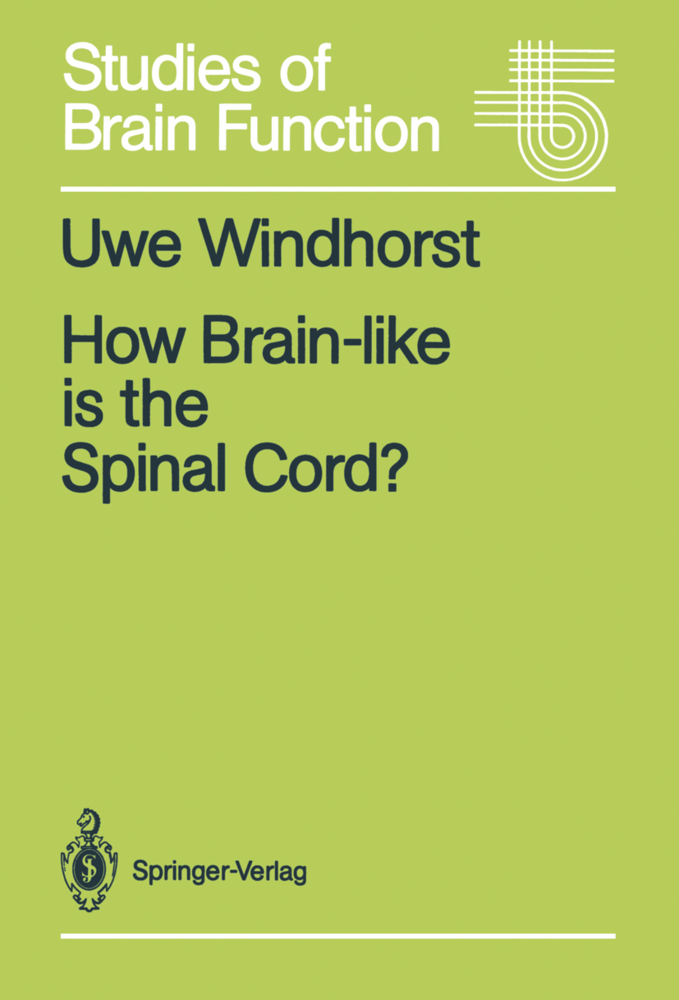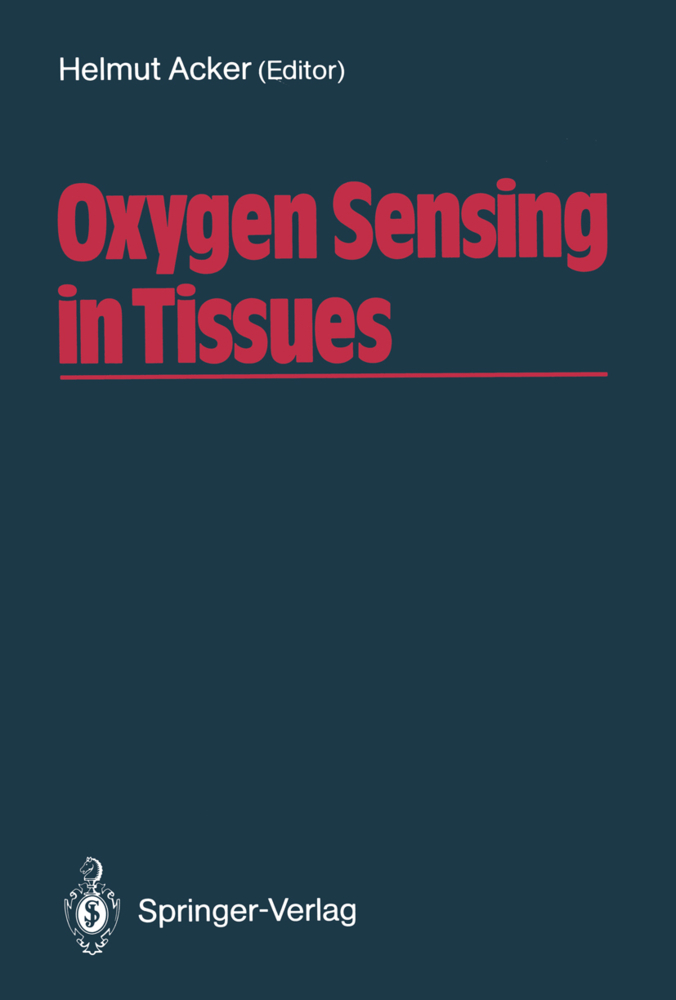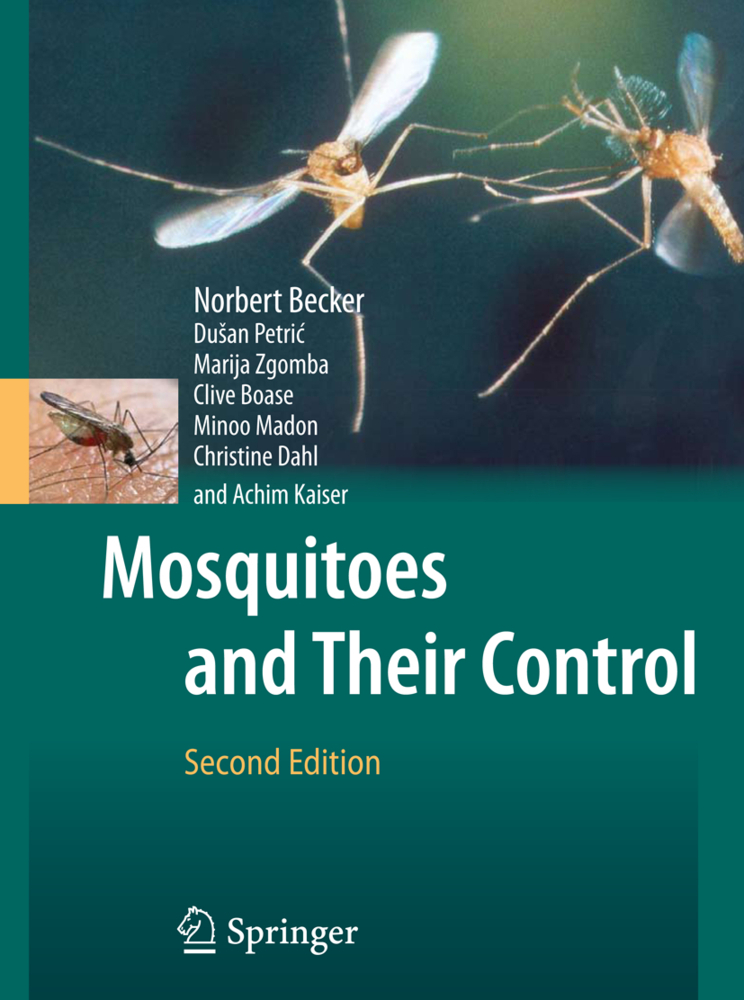Cell Types and Connectivity Patterns in Mosaic Retinas
Cell Types and Connectivity Patterns in Mosaic Retinas
In many parts of vertebrate and invertebrate central nervous systems, groups of nerve or receptor cells can be found that are arranged and connected according to a precise, functionally defined pattern (Braitenberg, 1973; Santini, 1975; Strausfeld, 1976; Chan-Palay, 1977). In these cases, groups of cell bodies or synapses appear as basically similar configurations, which, however, are different in detail from each other. Such abstract patterns of connectivity are of a statistical nature and do not allow, in a given example, for the prediction of the localization or connections of a particular cell. "Wiring diagrams", therefore, can be obtained only from a multitude of individual observations. In contrast, in several sensory organs, concrete patterns occur that con sist of a regular, mosaic-like, and geometric arrangement of similar cell types. The constancy of such a mosaic allows predictions about certain units of the pattern on the basis of only a few exemplary observations. Typical examples are found in the visual system: In the compound eye of insects, each ommatidium contains a definite number of visual cells that are grouped around the optical axis in a hexogonal array (Kirsch feld, 1967); in the vertebrate retina, mosaics of geometrically arranged cones are found most frequently in lower vertebrates; they are common among teleosts. A number of studies have dealt with their phylogenetic significance and their functional role as adaptation to specific environments or modes of feeding.
2.1. Materials
2.2. Methods
3. Results and Discussion
3.1. Cells Participating in the Formation of the External Plexiform Layer
3.2. Cell Mosaics
3.3. Patterns of Connectivity in the External Plexiform Layer
4. Conclusions
5. Summary
6. References.
1. Introduction
2. Materials and Methods2.1. Materials
2.2. Methods
3. Results and Discussion
3.1. Cells Participating in the Formation of the External Plexiform Layer
3.2. Cell Mosaics
3.3. Patterns of Connectivity in the External Plexiform Layer
4. Conclusions
5. Summary
6. References.
Wagner, Hans-Joachim
| ISBN | 978-3-540-09013-7 |
|---|---|
| Artikelnummer | 9783540090137 |
| Medientyp | Buch |
| Copyrightjahr | 1978 |
| Verlag | Springer, Berlin |
| Umfang | 84 Seiten |
| Abbildungen | 84 p. 26 illus. |
| Sprache | Englisch |


